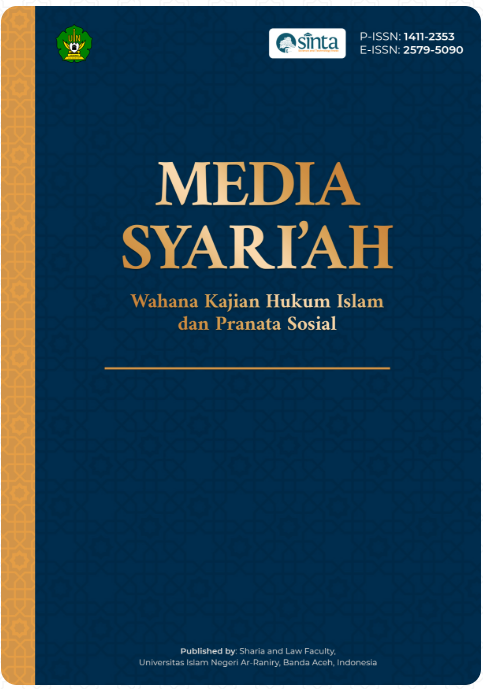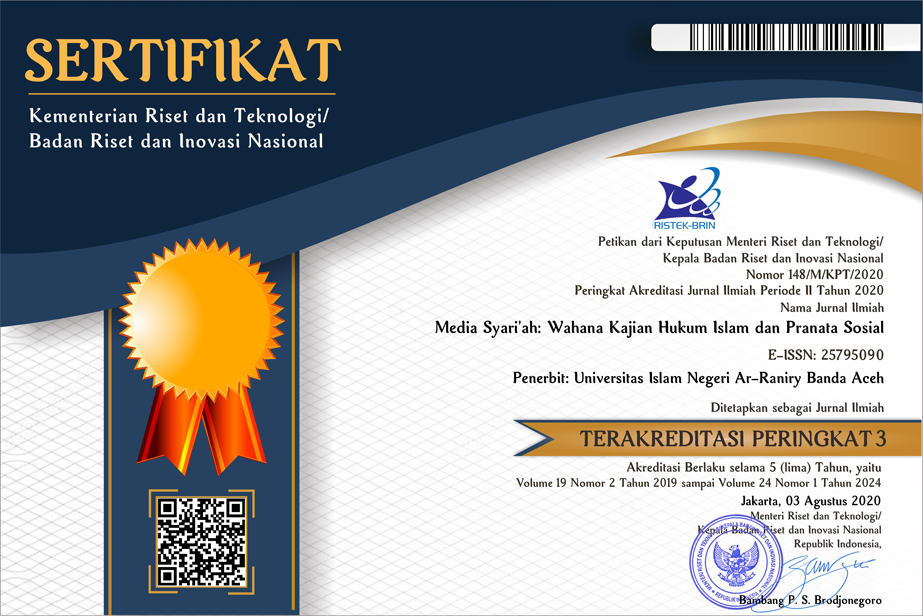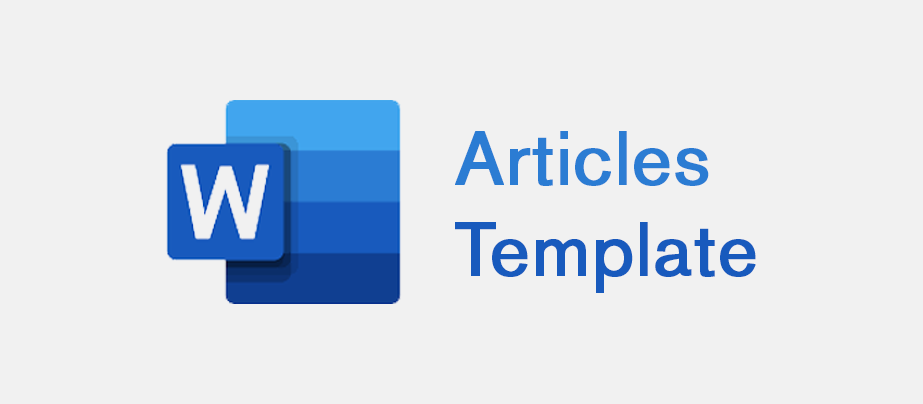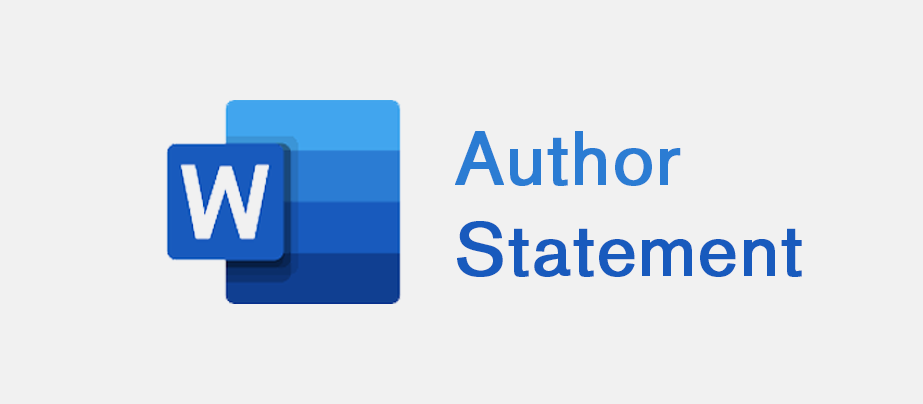Cash Wakaf's Contribution to Islam's Socio-Economic Development in Perak
DOI:
https://doi.org/10.22373/jms.v26i1.24311Keywords:
Waqf tuani, socio-economic, WPARAbstract
This article aims to discuss the role of cash waqf in the socio-economic development of Muslims in the country of Perak. Cash Waqf is a new product of fiqh today. Because, initially the discussion about waqf referred to non-transferable assets ('iqar) and transferable assets (manqul). Waqf Perak Ar Ridzuan (WPAR) which was launched in 2015 aims to overcome the problem of lack of cash waqf funds. This article explains the implementation of WPAR cash waqf from 2016 to 2021. This research is qualitative in nature through a semi-structured interview protocol with the management of the Perak Islamic Religion Council (MAIPk). The research results found that the implementation of cash waqf focuses on four main areas, namely economics, education, health and religion. In the economic sector, bot waqf funds and waqf business centers (WBC) help increase the income and standard of living of Muslims. Meanwhile, in the education sector, the focus is on endowments for student dormitory buildings and the MUMTAZ program. Meanwhile, in the health sector, hemodialysis center facilities have been built and in the religious sector, funds have been created for the development of maahad tahfiz and the development of Al-Quran knowledge. The findings of this research prove that increasing WPAR fund collection can develop the socio-economic development of Muslims in the country of Perak. It is hoped that the implications of this research can provide a valuable contribution and serve as a guide for MAIPk, in managing waqf so that it can empower cash waqf in the country of Perak.
References
Abi al-Husayn Ahmad Ibn Faris Ibn Zakariya (t.t) Mu’jam Maqayis al-Lughah. Lubnan: Dar al-Jil Beirut
Akta Takaful 1984 Dan Peraturan-peraturan Seksyen 2.
Al-Albani, Muhammad Nasiruddin. Sahih Al-Jamik Al-Saghir Wa Ziadatuh. Beirut: Al- Maktab Al-Islami, 1998.
Al-Bukhari dalam Bab al-Shurut fial-Waqf, Kitab hal-Bukhari.
Al-Khaṭib al-Sharbini, Shams al-Din Muhammad bin Muhammad (t.w 977H), Mughni al-Muhtaj ’ila Ma’rifah Ma’ani Alfa al-Minhaj al-Talibin, Jil.2, Bayrut: Dar al-Fikr (1978)
Al-Zuhaili,Wahbah. Al-Fiqh Al-Islami Wa Adillatuhu. Dimasyq: Dar Al-Fikr, 1997.
Ibn Faris. (t.t). Mu’jam Al-Maqayis Al-Lughah. Dar Al-Fikr. Jilid 5.
Imam Muslim. Kitab al-Wasiyyah, Bab Ma Yalhaqu al-Insana min al-Thawabi Ba’ da Wafatihi, Sahih Muslim.
Kamus Dewan, edisi keempat, Kuala Lumpur: Dewan Bahasa dan Pustaka, 2007
M. A. Mannan, Sertifikat Wakaf Tunai Sebuah Inovasi Instrumen Keuangan Islam, Jakarta: CIBER – PKTI-UI, 2001.
Magda Ismail Abdel Mohsin. Cash Waqf: A New Financial Product. Petaling Jaya, Malaysia: Pearson Malaysia Sdn. Bhd, 2009.
Majalah MAIS. Matlamat Wakaf Dalam Menggerak Ekonomi Umat Islam. 2006. Bil. 3.
Majma’ Al-Lughah Al-Arabiyyah Bil Qahirah. Al-Mu’jam Al-Wasit. Dar Al-Dakwah, 1983.
Mohd. Shah Che Ahmad (2013). PWS Perluas Konsep Wakaf. Utusan Malaysia.
Muhammad ‘Amarah. Qamus al-Mustalahat al-Iqtisadiyah fi al-Hadarah al-Islamiyah. Madinah al-Nasr, Kaherah: Dar al-Syuruq.1993.
Murat Cizakca (2000). History Of Awqaf In The Ottoman Empire And The Turkish Republic.
Nooh Gadot. Amalan Saham Wakaf Johor. Kertas kerja yang dibentangkan di Konvensyen Wakaf 2006.
Rajab Abd Al-Jawwad Ibrahim. Mu’jam Al-Mustolaaat Al-Islamiyah Fi Al-Misbaahi Al- Muniir. Kaherah : Dar Al-Afaq Al-Arabiyyah. 2002.
Siti Mashitoh Mahamood, Asmak Ab Rahman, Hasnol Zam Zam Ahmad dan Syarqawi Muhammad. Konsep Wakaf Sebagai Instrumen Pembangunan Hartanah di Wilayah Pembangunan Iskandar (WPI) . Jurnal Pengurusan JAWHAR. 1(2).
Sumber diadaptasi dari Laporan Waqaf Perak Ar-Ridzuan 2016-2021 & Pengurusan Wakaf Saraan MAIPk.
Surita Hartini Mat Massan. Potensi Dinar Emas Dalam Wakaf Tunai. Kuala Lumpur : Dewan Bahasa Dan Pustaka.2015.
Taqiy Al-Din Al Husaini, Kifayahtul Akhyar, Fi halli Bhayah Al-Ibhtishar, Surabaya.
Wizarah al-Awqaf wa al-Shu’un al-Islamiyyah. Al-Mausu’ah al-Fiqhiyyah, Jil.44, Kuwait: Wizarah al-Awqaf wa al-Shu‘un al-Islamiyyah.2006.
Zamakhsyari (t.t). Asas Balaghah. Lubnan : Dar Al-Kutub Al-Ilmiyyah.
https://www.maiamp.gov.my › 7-wadah-maipk
Accounting and Auditing Organization for Islamic Financial Institution (AAOIFI). http://aaoifi.com/
Jabatan Wakaf dan Haji. Himpunan Hukum dan Fatwa Wakaf https://www.jawhar.gov.my/wp-content/uploads/2021/10/2.-HUKUM-DAN-FATWA-WAKAF.pdf
Downloads
Published
Issue
Section
License
MEDIA SYARI'AH: Wahana Kajian Hukum Islam dan Pranata Sosial has CC-BY-SA or an equivalent license as the optimal license for the publication, distribution, use, and reuse of scholarly work. Authors who publish with this journal agree to the following terms:
1. Authors retain copyright and grant the journal right of first publication with the work simultaneously licensed under a Creative Commons Attribution-ShareAlike 4.0 International License that allows others to share the work with an acknowledgment of the work's authorship and initial publication in this journal.
2. Authors are able to enter into separate, additional contractual arrangements for the non-exclusive distribution of the journal's published version of the work (e.g., post it to an institutional repository or publish it in a book), with an acknowledgment of its initial publication in this journal.
3. Authors are permitted and encouraged to post their work online (e.g., in institutional repositories or on their website) prior to and during the submission process, as it can lead to productive exchanges, as well as earlier and greater citation of published work (See The Effect of Open Access).
You are free to:
Share — copy and redistribute the material in any medium or format.
Adapt — remix, transform, and build upon the material for any purpose, even commercially.
The licensor cannot revoke these freedoms as long as you follow the license terms.
All papers published in MEDIA SYARI'AH: Wahana Kajian Hukum Islam dan Pranata Sosial are licensed under a Creative Commons Attribution-ShareAlike 4.0 International License.




.png)


.png)
.png)
.png)



